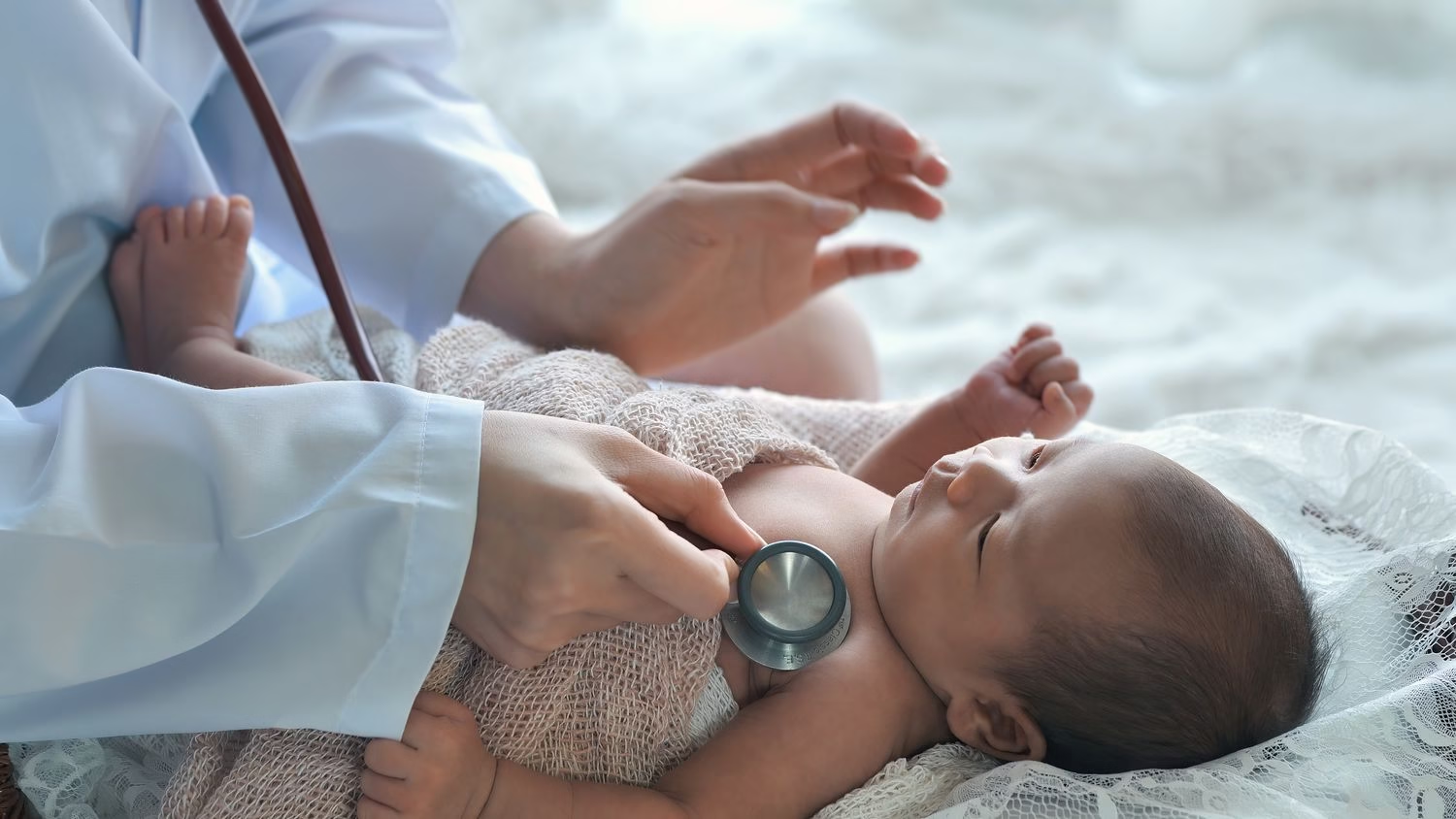Bringing a child into the world is one of life’s most cherished experiences. Yet, for some families, pregnancy comes with unexpected challenges—one of them being birth defects. These are structural or functional abnormalities present at birth that affect a baby’s development, health, or physical appearance.
While the term may sound daunting, understanding birth defects reasons, their causes, types, risk factors, and prevention strategies can empower parents and caregivers with knowledge to safeguard pregnancies and improve newborn health outcomes.
What Are Birth Defects?
A birth defect, also called a congenital disorder, is an abnormality that occurs during fetal development. These defects can range from mild conditions that are easily treated to severe issues that impact a child’s quality of life or survival.
A child may be born with defects affecting the heart, brain, limbs, or other organs. Some conditions are visible at birth, while others may only become noticeable later in life.
Causes of Birth Defects
Birth defects can be caused by a mix of genetic, environmental, and lifestyle factors. Common birth defects reasons include:
-
Genetic Factors
- Genetic defects in pregnancy occur when there are mutations or abnormalities in the baby’s genes or chromosomes. Conditions like Down syndrome, cystic fibrosis, or sickle cell anemia are examples.
-
Environmental Exposures
- Exposure to harmful chemicals, radiation, or toxic substances during pregnancy may increase risks.
-
Infections During Pregnancy
- Infections like rubella, cytomegalovirus, or Zika virus can lead to newborn birth defects.
-
Nutritional Deficiencies
- Lack of essential nutrients such as folic acid can lead to neural tube defects (like spina bifida).
-
Medications and Substance Use
- Certain prescription drugs, alcohol, tobacco, and recreational drugs increase the risk of a baby being born with defects.
-
Maternal Health Conditions
- Diabetes, obesity, and uncontrolled chronic conditions can interfere with fetal development.
Common Symptoms of Birth Defects
Symptoms vary depending on the type of defect, but some signs may be noticeable immediately at birth:
- Physical Abnormalities: Unusual facial features, limb deformities, or cleft lip/palate.
- Organ-Related Issues: Breathing difficulties, heart murmurs, or digestive problems.
- Growth and Developmental Delays: Slow physical growth, delayed speech, or cognitive challenges.
- Neurological Issues: Seizures, intellectual disability, or coordination problems.
Some newborn birth defects may not be visible but detected through screenings, blood tests, or imaging.
Risk Factors for Birth Defects
While not all causes can be prevented, several factors increase the likelihood of born defects:
- Maternal age over 35
- Family history of genetic defects in pregnancy
- Poor prenatal care or lack of check-ups
- Use of harmful substances (alcohol, tobacco, drugs)
- Exposure to harmful environmental agents (pesticides, chemicals)
- Uncontrolled medical conditions in the mother
Types of Birth Defects
Birth defects can be classified into two broad categories:
-
Structural Birth Defects
These involve problems with body parts being formed incorrectly. Examples:
- Cleft lip or cleft palate
- Heart defects (such as holes in the heart)
- Neural tube defects like spina bifida
- Limb abnormalities
-
Functional or Developmental Birth Defects
These affect how a part of the body works. Examples:
- Down syndrome (genetic condition)
- Autism spectrum disorders
- Hearing loss
- Intellectual disabilities
Prevention of Birth Defects
While not all newborn birth defects can be prevented, many steps can lower the risk:
-
Prenatal Vitamins & Folic Acid
- Taking folic acid before and during pregnancy helps prevent brain and spine defects.
-
Healthy Lifestyle Choices
- Avoid alcohol, smoking, and drugs during pregnancy.
-
Regular Prenatal Check-ups
- Early and frequent check-ups ensure both mother and baby are monitored closely.
-
Vaccinations
- Getting vaccinated against infections like rubella prevents virus-linked birth defects reasons.
-
Managing Chronic Conditions
- Control diabetes, obesity, and high blood pressure before and during pregnancy.
-
Safe Medication Use
- Consult your doctor before taking any prescription or over-the-counter drugs while pregnant.
Treatment for Birth Defects
The treatment for birth defects depends on the type, severity, and the organ system affected. While some conditions may resolve on their own, others require long-term medical care, surgery, or therapy. Early detection through prenatal screening and newborn checkups is critical for effective management.
-
Surgical Treatment
Many structural birth defects such as cleft lip, cleft palate, heart defects, or limb deformities can be corrected or improved through surgery. Early intervention often improves function and appearance, helping children live healthier lives.
-
Medications
Some functional birth defects are managed with medications. For example, children with heart rhythm issues may need drugs to stabilize their condition. Seizures linked to neurological birth defects can also be controlled with anti-seizure medications.
-
Therapies and Rehabilitation
Speech therapy, occupational therapy, and physical therapy play a key role in improving the quality of life for children born with defects that affect development, communication, or mobility.
-
Assistive Devices
Hearing aids, mobility devices, or prosthetics may be prescribed to support children with physical or sensory challenges.
-
Nutritional and Lifestyle Support
Some newborn birth defects require special diets (for example, phenylketonuria or PKU) or lifestyle adjustments to prevent complications.
-
Ongoing Medical Monitoring
Regular follow-ups with pediatric specialists ensure that complications are managed promptly and that treatment plans are adjusted as the child grows.
While not all genetic defects in pregnancy can be cured, early and comprehensive care helps children reach their fullest potential.
Final Thoughts
Birth defects are a sensitive but important topic in maternal and child health. They may occur due to genetic defects in pregnancy, environmental exposures, or lifestyle factors, but with early care and awareness, many risks can be reduced.
By understanding the causes, risk factors, and preventive measures, families can take proactive steps to support healthy pregnancies and improve outcomes for their babies.
Every baby deserves the healthiest start in life. Knowledge, preparation, and medical support can make all the difference.


